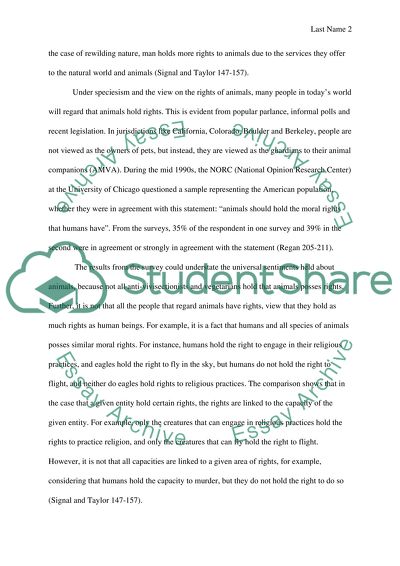Cite this document
(“Should Animals Have Their Own Rights Essay Example | Topics and Well Written Essays - 2500 words”, n.d.)
Retrieved from https://studentshare.org/english/1483910-should-animals-have-their-own-rights
Retrieved from https://studentshare.org/english/1483910-should-animals-have-their-own-rights
(Should Animals Have Their Own Rights Essay Example | Topics and Well Written Essays - 2500 Words)
https://studentshare.org/english/1483910-should-animals-have-their-own-rights.
https://studentshare.org/english/1483910-should-animals-have-their-own-rights.
“Should Animals Have Their Own Rights Essay Example | Topics and Well Written Essays - 2500 Words”, n.d. https://studentshare.org/english/1483910-should-animals-have-their-own-rights.


